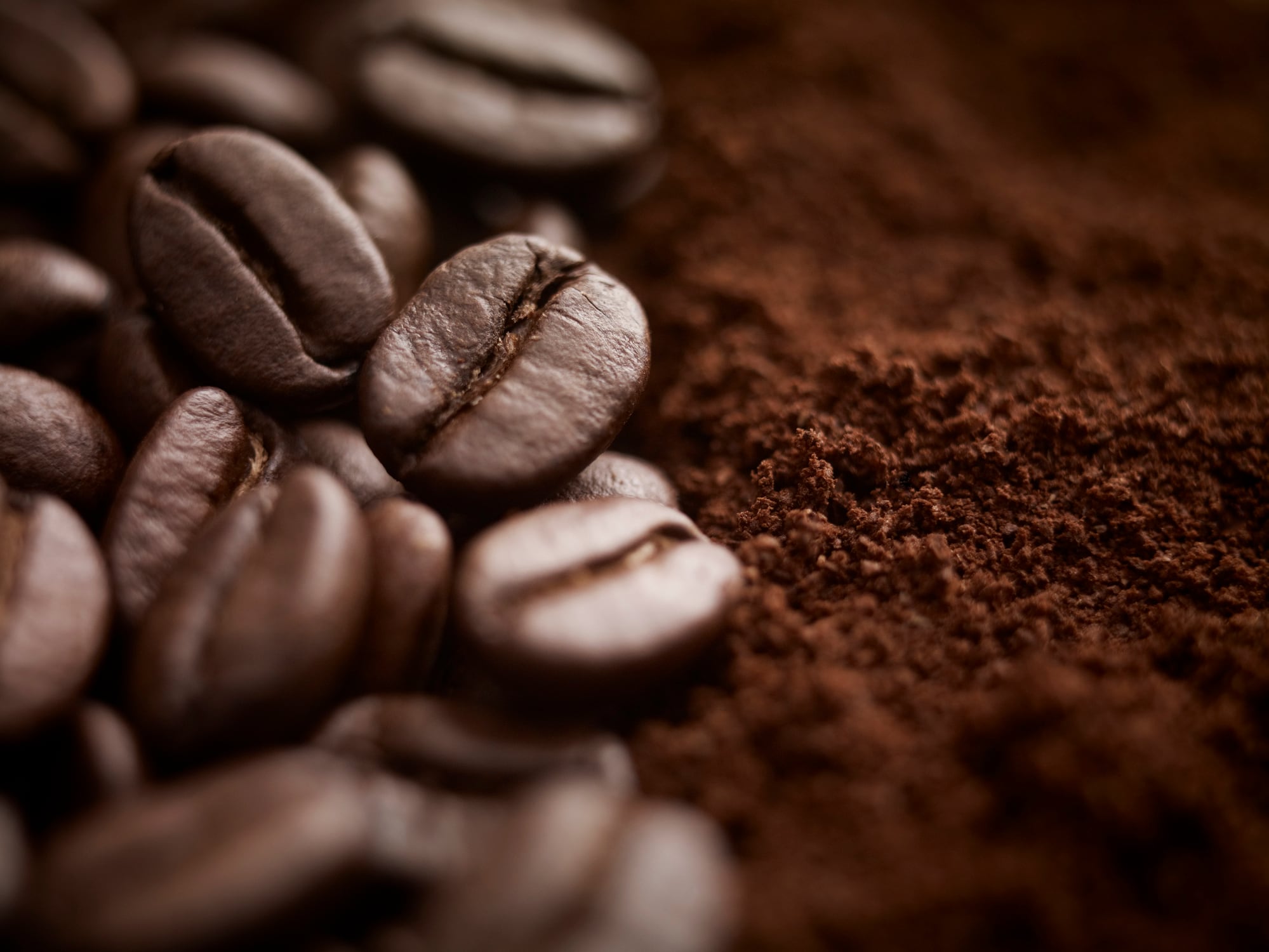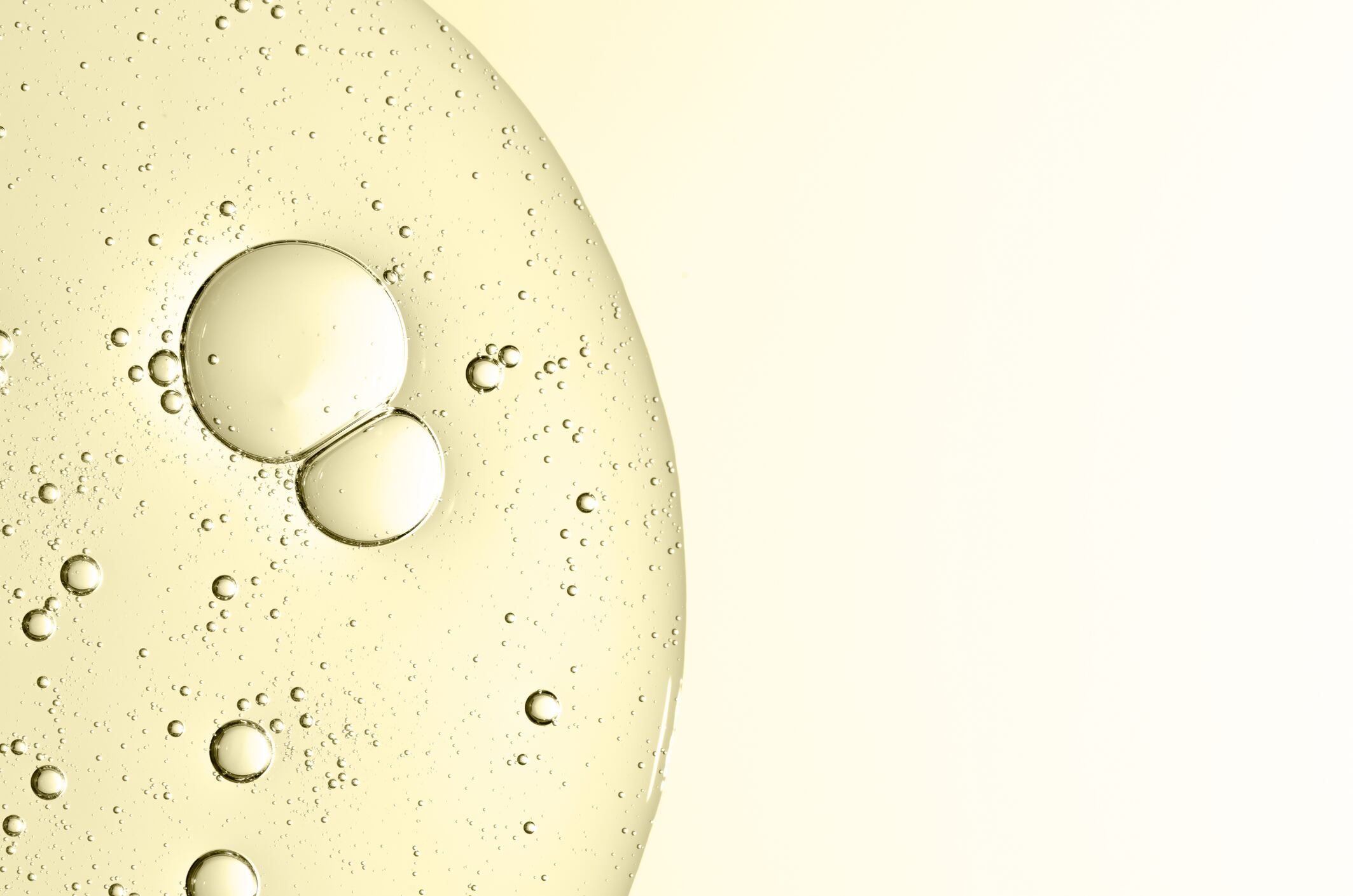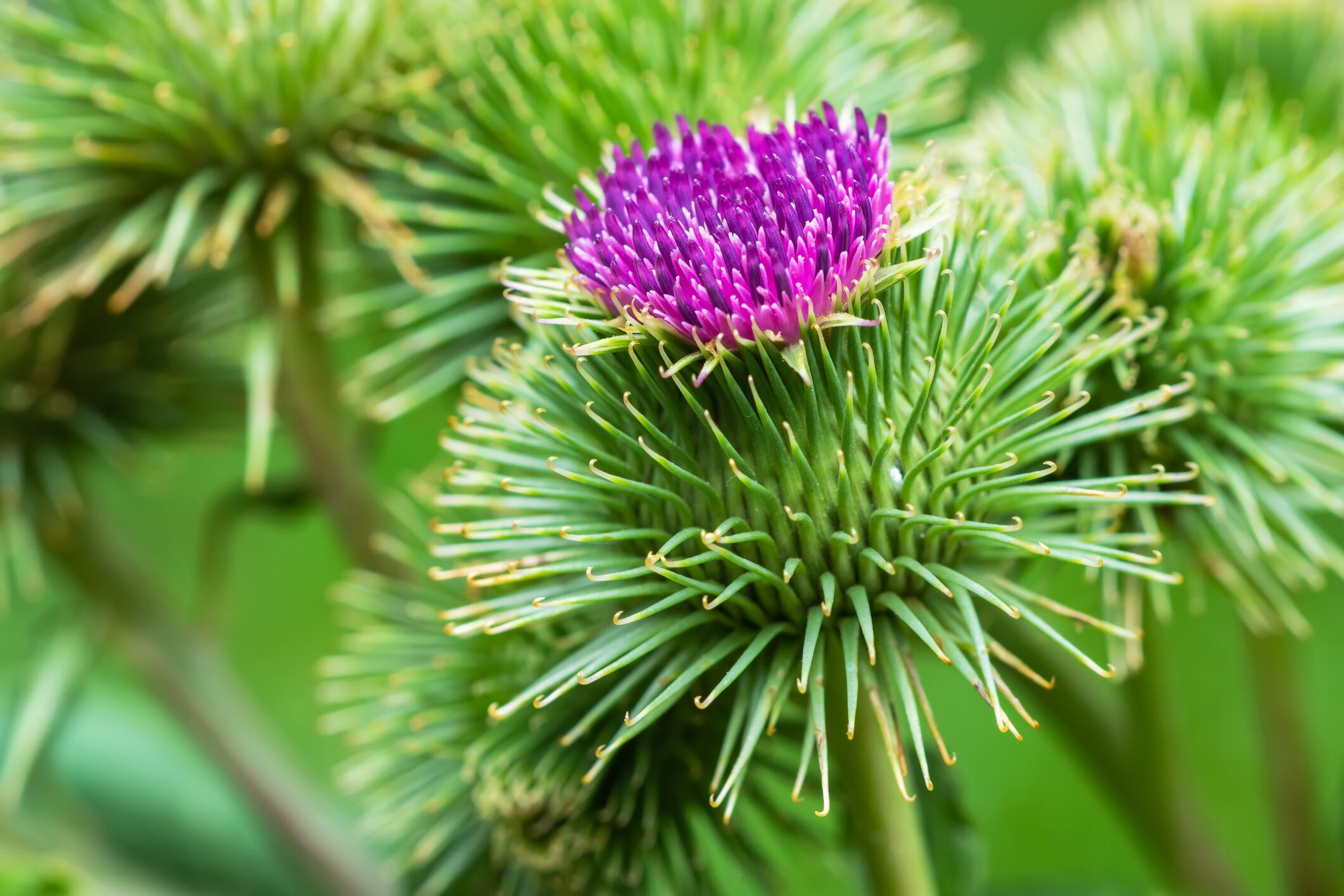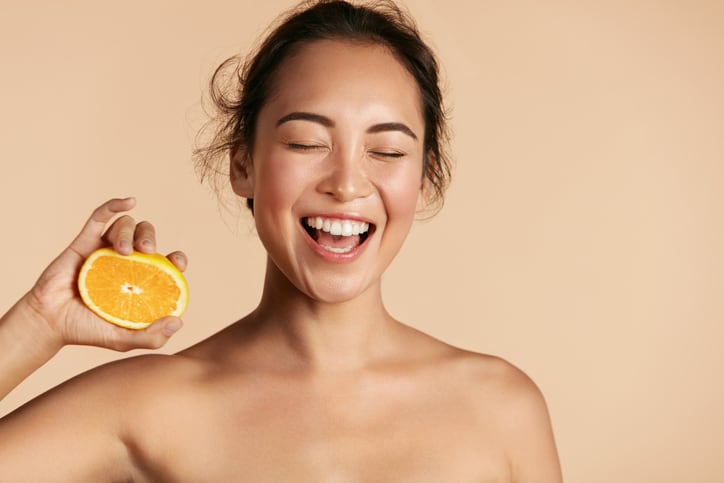Sustainability continues to dominate the cosmetics and personal beauty care product industry in 2023, and companies, in turn, continue to research and develop innovative offerings to meet consumer demand. In a competitive market that already offers a plethora of green beauty brands and products, a particular cosmetic ingredient readily lends itself to the upcycling movement in cosmetics: coffee.
Something big is brewing
Coffee is already well-regarded as a cosmetic ingredient because of its high concentration of naturally occurring polyphenols like caffeine and chlorogenic acid. Caffeine is often used in products like eye-brighteners as its benefits include anti-aging properties, and chlorogenic acid is incorporated into various products for its powerful antioxidant benefits.
As coffee is industrially processed, by-products like spent coffee grounds or coffee silverskin are produced in high-volume amounts; as “about 50% of the coffee fruit is discarded in its production, the coffee industry is responsible for generating large quantities of residues,” according to the recently published scientific review.
These by-products still contain “bioactive compounds and other chemical characteristics that can provide functional properties in cosmetic formulations,” which means that as one of the most widely consumed beverages globally, there’s a significant amount of by-products available for potential reuse.
Disposing of these by-products is a challenge for coffee manufacturers as there are potential environmental hazards related to its high-polyphenol composition, which can “present a phytotoxic effect when improperly discarded in the soil.”
As coffee by-products potentially contain bio-actives that can still be utilized in cosmetics formulations, there is significant value in exploring potential opportunities to form mutually beneficial professional relationships. “Converting by-products into products of higher quality or value,” like upcycling into cosmetics products, “represents the closing of the circle of a design aimed to increase the product’s overall sustainability, in a circular economy mode.”
Coffee silverskin
Though there are a variety of coffee by-products generated in processing, including “defective coffee beans, husks/pulp, parchment, silverskin and spent coffee grounds,” the study identifies the latter two as their areas of focus as they are the most thoroughly studied for cosmetic application.
As detailed in the review, coffee silverskin and spent coffee grounds both maintain a “richness in bioactive compounds and antioxidant activity described as having interesting functional properties related to its fiber content, including emulsifying activity and emulsion stability, which can benefit cosmetic formulations.”
Most are familiar with the spent coffee grounds left behind after brewing, but coffee silverskin, “a thin layer covering the green coffee seeds,” that detaches during roasting and therefore is the only coffee by-product generated during this stage of processing. Silverskin is “rich in protein and minerals, particularly potassium, magnesium, and calcium.”
Extensive research studies testing the cosmetic benefits of coffee silverskin report antioxidant and anti-aging benefits. In one study, 20 volunteers tested a silverskin extract cream against a hyaluronic cream, evaluating skin elasticity and firmness over a specified period. Researchers subsequently concluded that the coffee silverskin cream “provided similar results to hyaluronic acid regarding skin hydration and firmness, as well as volunteer acceptance.”
The same researchers further demonstrated that coffee silverskin extract is safe for topical use and retains “antioxidant activity and stability during storage” in subsequent studies. Additional research into coffee silverskin’s anti-cellulite benefits showed “improved penetration of nanoparticles” into the skin’s surface for increased efficacy, which requires further investigation.
Spent coffee grounds
After brewing, spent coffee grounds remain. Like coffee silverskin, spent coffee grounds are “rich in proteins and minerals such as potassium and magnesium.” Both demonstrate similar antioxidant potential.
Research into spent coffee grounds examined different topical applications for their efficacy, including hydrogel and exfoliating creams. In the hydrogel formulation, spent coffee ground extract demonstrated “promising results for anti-aging and skin lightening formulations” and concluded that the extract’s inclusion “lowered apparent viscosity when compared with a control gel without extracts addition,” resulting in a more stable formulation structure.
In the exfoliating body cream topical application, researchers focused on spent coffee ground’s ability to mechanically remove dead skin cells and impurities on the skin’s surface while still providing antioxidant benefits. Three formulations of differing spent coffee ground concentrations (4%, 6%, 8%) were tested with researchers examining exfoliating capacity, antioxidant capacity, and sensory analysis. Results showed that while all three formulations demonstrated similar exfoliation capacity, the 6% “showed a high content of antioxidants and polyphenols combined with good texture parameters like adhesiveness and cohesiveness.”
Both the hydrogel and exfoliating body cream formulations tested “allowed delivery and permeation of bioactive substances without toxicity.”
Other studies examined the photoprotection benefits of spent coffee ground extract in sunscreen formulations. Compared to green coffee oil extract, spent coffee ground was the most effective because it better adhered to the skin’s surface for more complete penetration of the dermal layer. Based on these promising results, “SCG oil was presented as an alternative in cosmetic use since no irritative or allergic reactions on the occlusive patch test occurred, and the formulation had broad SPF protection and good mechanical behavior.”
Current applications
Naturally occurring chlorogenic acids show promise when addressing other common cosmetic concerns like acne and wound healing thanks to their anti-inflammatory benefits and as an effective ingredient to include in nutraceutical products.
Thanks to the abundance of conclusive research and results, some cosmetics and personal beauty care companies are already formulating products with coffee by-product ingredients and therefore adopting upcycling into their business models.
Kaffe Bueno, located in Denmark, recycles spent coffee grounds by processing them for use in skincare products. In Switzerland, brands Koffee’ Up and SLVR Coffee both use coffee by-products in their product offerings: Koffee’ Up produces a cosmetic oil from spent coffee ground extract with antioxidant benefits, and SLVR Coffee is the “first upcycled ingredient that is based on coffee silverskin.”
According to market data source Statista, “the global anti-aging market was estimated to be worth about 62.6 billion U.S. dollars in 2021 and is estimated to see a compound annual growth rate (CAGR) of nearly seven percent between 2022 and 2027.”
As consumer demand for anti-aging products and more sustainable offerings continues to increase, it will be intriguing to see if U.S. cosmetics companies begin to formulate options similar to the European companies already in the coffee-byproduct space.
Source: Cosmetics
2023; 10(1):12. https://doi.org/10.3390/cosmetics10010012
“Chlorogenic Acids and Caffeine from Coffee By-Products: A Review on Skincare Applications”
Authors: R. Rodrigues et al





